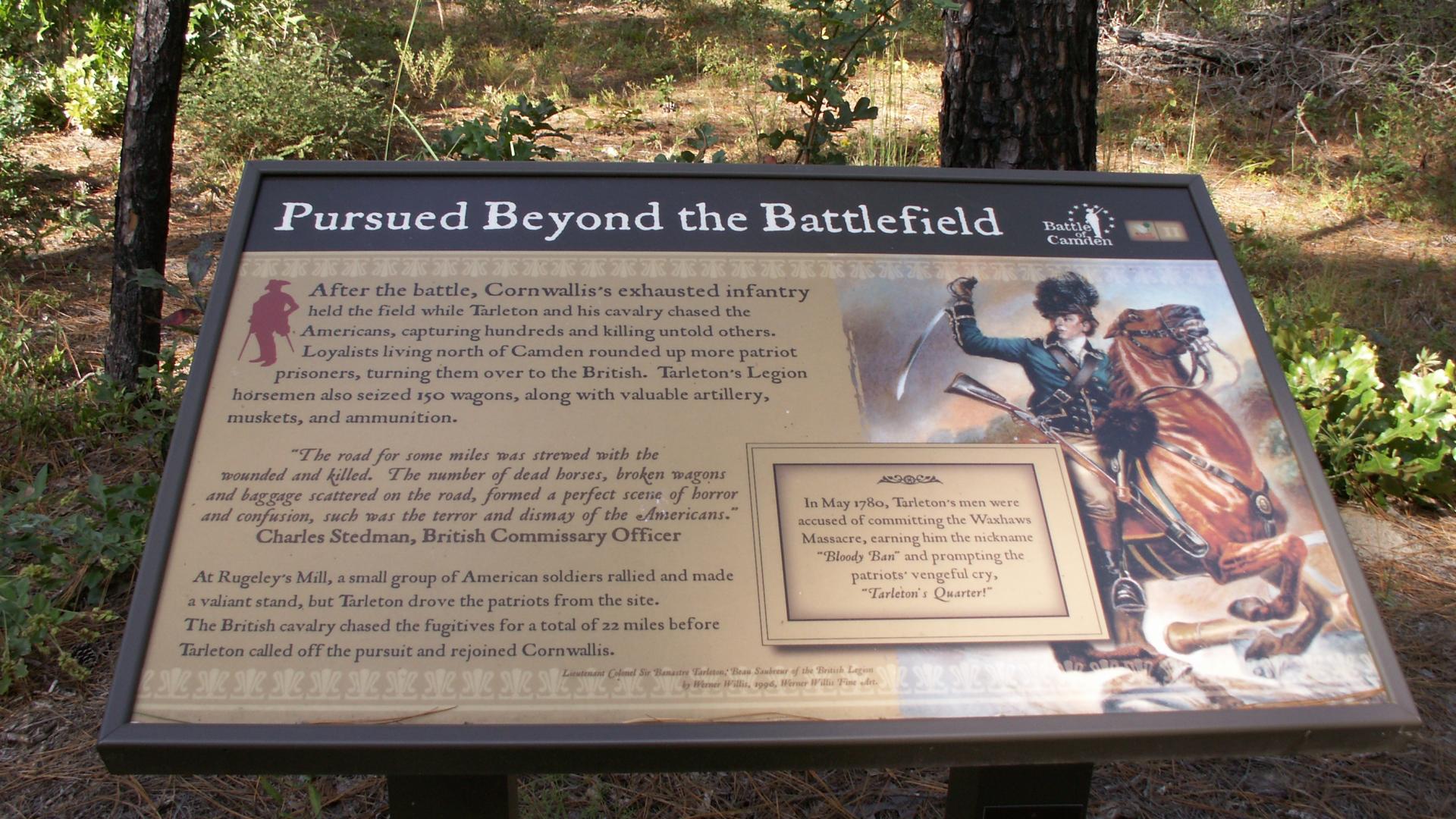In the closing weeks of 1780, the British Army under General Lord Cornwallis was encamped at Winnsborough, South Carolina. Reeling from the disastrous defeat at Camden, the Americans learned that Loyalist raiding parties had moved out from their posts under Cornwallis to intercept patriot supply wagons at Lynches Creek. Brigadier General Daniel Morgan received permission to escort the wagons that were to procure pork, corn, and other food for the army. Morgan’s force consisted of three hundred infantry and eighty calvary under Lt. Colonel William Washington. When the Loyalists heard of this covering force they returned to their outlying, stationary posts. Washington, commanding the Continental Dragoons, had taken much more extensive range of activities than the infantry. Morgan released Washington’s dragoons to raid nearby Rugeley’s Mills, the site of a known gathering spot for Tory raiders.
Colonel Henry Rugeley was a Tory officer who owned the plantation, Clermont, thirteen miles north of Camden. A popular trading post, similar to a general store, the site contained an impressive house and barn. It was known locally as Rugeley’s Mills or Rugeley’s Fort after he declared support to London. The fort consisted of Rugeley’s barn, built of strong logs, with loopholes cut in the walls, surrounded by a strong abatis and ditch. A platform was erected inside for a second tier of musket firing. Rugeley was inside his fortified home base with Major John Cook, seven other officers, and 104 Loyalist militia when Washington approached the fort on December 4. Using muskets, Washington found that to take the impregnable fort he needed artillery, something he did not have. He conceived and executed shaping a “Quaker gun,” a giant pine tree cut into a log-shaped imitation of a field piece. After blackening one end and hoisting the log onto wheels, the Americans brought it up in military style for full view of Rugeley’s forces. Pretending to prepare to cannonade the fortified barn, Washington appeared and warned the garrison of it’s impending destruction. Rugeley promptly surrendered the post with the officers and the rank and file enlisted, totaling 114, as well as the 90 muskets, 14 horses, and 4 wagons they were keeping inside. Under arrest, Rugeley’s forces were eventually paroled while Rugeley’s fortified barn was burned down.
Washington returned to the Continental light infantry at Hanging Rock on December 5, and thence to New Providence, North Carolina, learning that Major General Nathanael Greene had assumed command of the Southern Army. Lieutenant Colonel Light Horse Harry Lee, though not present, wrote this about the battle at Rugeley’s Mill, “No circumstance can more strongly demonstrate the propriety of using every effort in war. A soldier should intimately know the character of his enemy and mold his measures accordingly. This stratagem of Washington…enabled his to effectuate an object, which, at first view, most would have abandoned as clearly unobtainable.”
Today, the former site of Clermont, located near the intersection of Flat Rock Creek and Grannies Quarters Creek north of Camden, South Carolina is uninhabited. Henry Rugeley’s outpost trading store was a beacon for locally sold goods, thus making it a viable intersectional point for both armies before its destruction. Proof of its importance can be found in the many narratives from both American and British soldiers who frequently mentioned Rugeley’s Mills as a destination place to rendezvous. It was clearly a rallying point for Tory raiders that had to be eliminated. Such smaller, less known sites no less add to our understanding of the constant tension for power and victory in the heated backcountry of South Carolina during the American Revolution.
More to Explore

What's Nearby
Explore more of The Liberty Trail by visiting these nearby attractions.
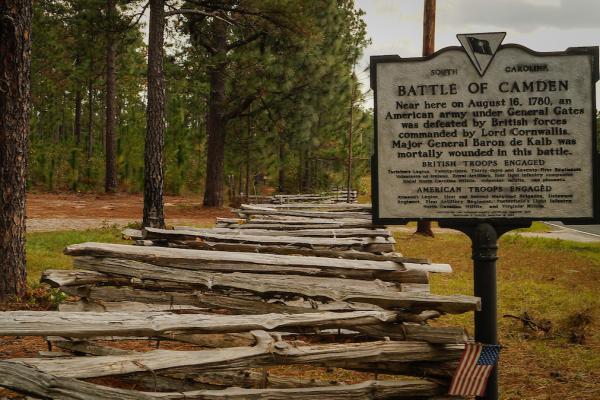
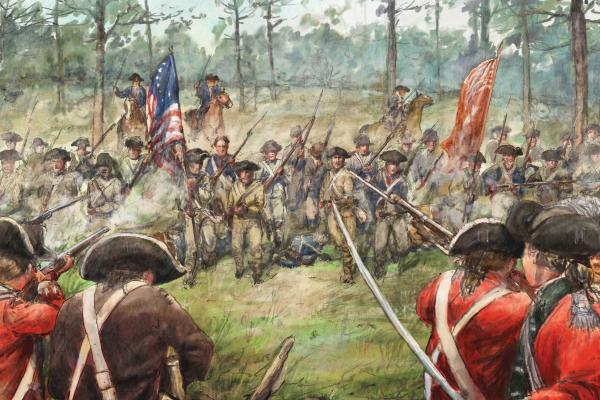
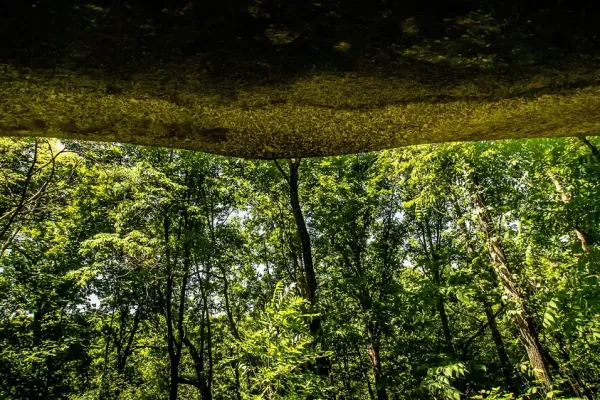
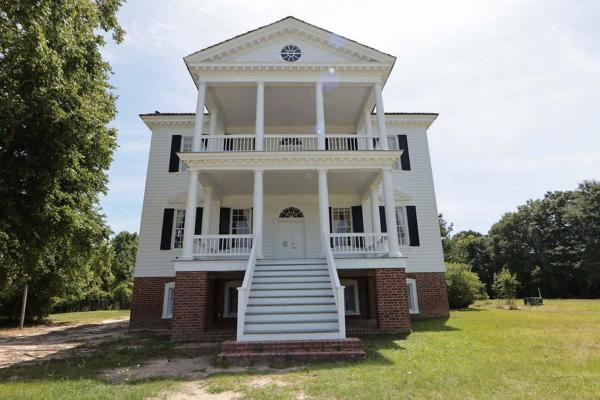
Camden, SC 29020
